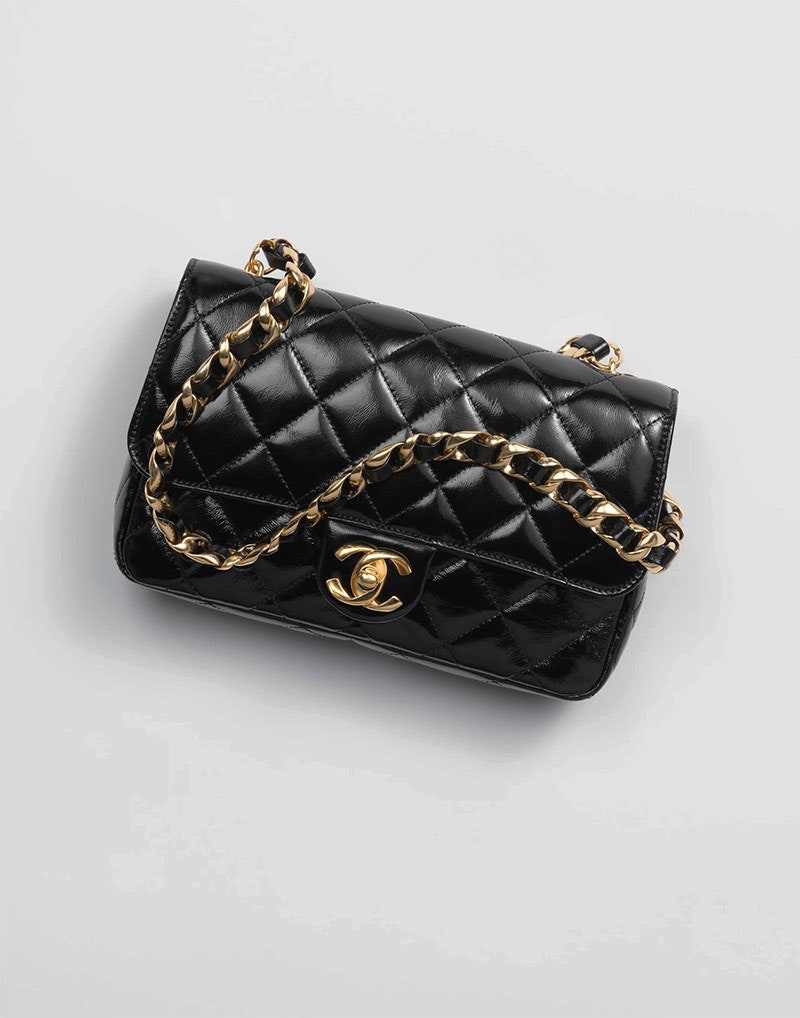For a start, it’s about understanding the relationship between work and leisure time, explains Wendy Carlin, professor of economics at University College London. “We work to earn income that we can spend on goods and services. As we become better off, we would expect people to want both more leisure time and more goods – the question is what is the balance between the two.”
Every society makes different choices; Carlin mentions the classic contrast between work-life balance in Europe and the United States. “People say, ‘Oh, Europeans are so lazy and take all these holidays. ’ But they are making a different choice in terms of how they take advantage of their improved standards of living, because what is really in short supply is time.” Veblen’s theories come to the fore when looking at because People work more in different countries, he explains.
“Some of these people work two jobs just to survive,” Carlin says, “but others work two jobs because they want to have the latest technology, a new phone, a new car or whatever.”
It may seem obvious to us, but it challenges traditional economic theory, which, in a nutshell, says that we should be happy once our basic needs are met, something that academics a hundred years ago would have thought was crazy.
“It was thought that by now we would be working only two days a week,” says Carlin, referring to John Maynard Keynes’ 1930 article. Economic opportunities for our grandchildrenin which the economist predicted that improvements in technology and manufacturing efficiency would mean that people would only have to work 15 hours a week. “Instead, people work two or three jobs, take two weeks off, and own more assets. And why do they do that? Well, as Veblen said, because they are comparing themselves to other people.”
As the rich get richer…
We may not acknowledge the analysis of our work habits, believing we all have nobler motivations deep down, but who among us can deny that we also aspire to a new Porsche, a Chanel handbag, or a week in the Hamptons? Veblen’s work argued that people at all levels of society would work to achieve symbols they perceived as belonging to a higher class; it turns out that the more extreme the disparity—the more unequally wealth is distributed in a society—the harder people will strive. “The more inequality, the more the Veblen effect is intensified,” Carlin says.
Research comparing the ratio of income of the top 1% to the average number of hours worked confirmed this idea. “A century ago, the Nordic countries were very unequal,” says Carlin. “Then inequality fell dramatically and at the same time working hours fell. People were less interested in comparing themselves to the ultra-rich and therefore decided to take more time off.”
If it’s not immediately clear how this affects our lives—and our spending—today, consider that income inequality in the U.S. has worsened dramatically over the past four decades, according to a 2020 report from the Pew Research Centerwhich noted that “the wealth gap between the richest and poorest families in the United States more than doubled between 1989 and 2016” and noted that the U.S. Gini index (a measure of income inequality) was higher than that of any other G7 nation. It is not surprising then that projections for luxury goods sales in the United States are pink.
Instant effect
There is another element that is essential to understanding the growing influence that Veblen products have on us: their visibility. Since Veblen’s theories are based on the perception of others, for something to be considered a traditional Veblen product, its price (or exclusivity) must be easily understood by others.
This simple fact underpins luxury products with large logos, such as a Louis Vuitton monogram handbag, the oversized grille of a Rolls-Royce, or the instant recognition of iconic watch designs such as the Audemars Piguet Royal Oak.

